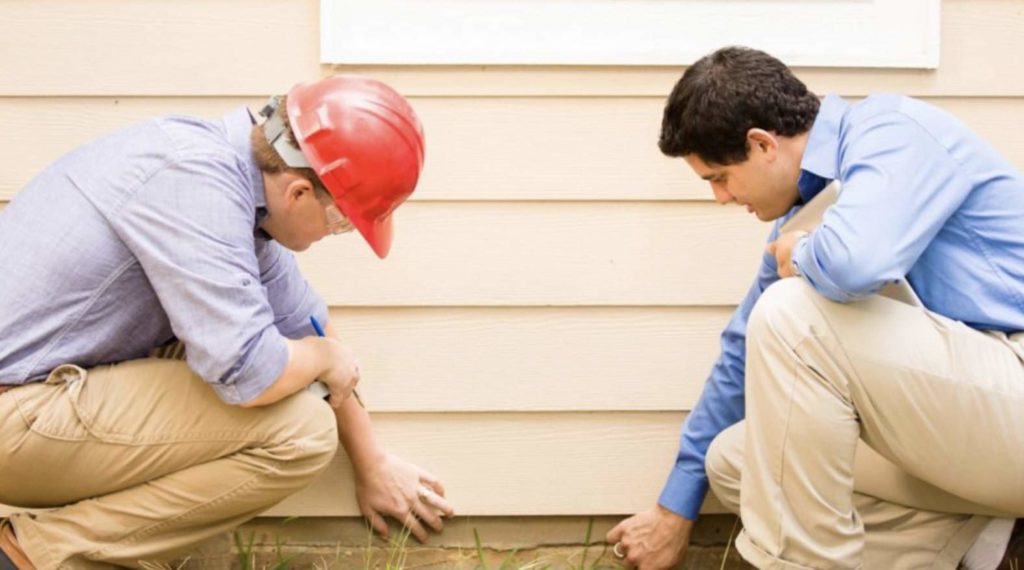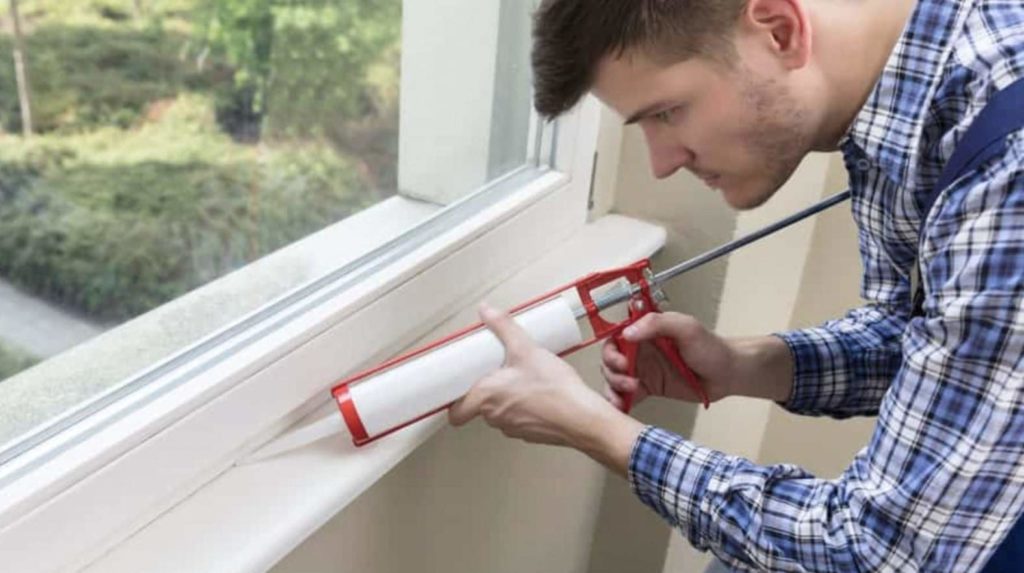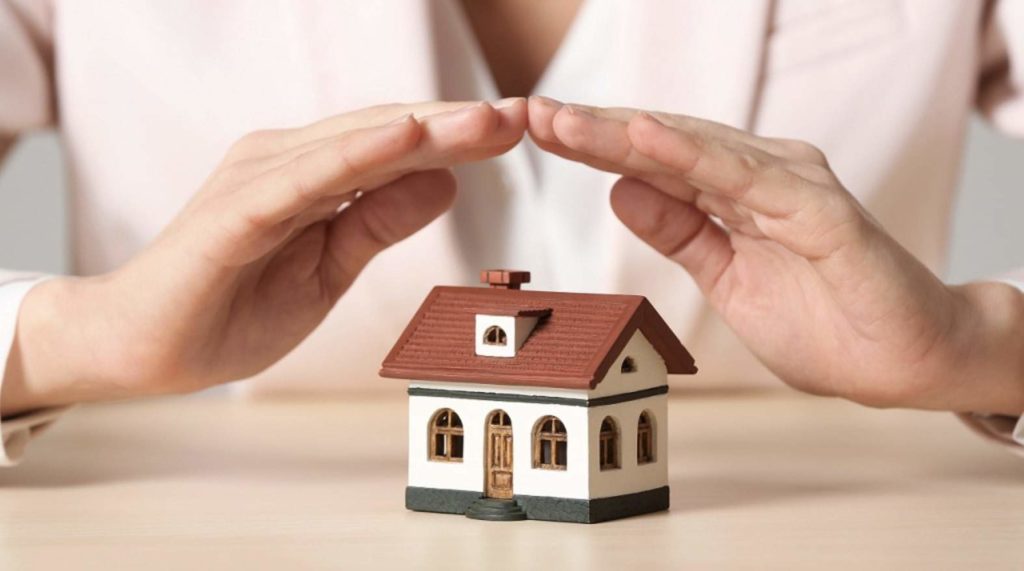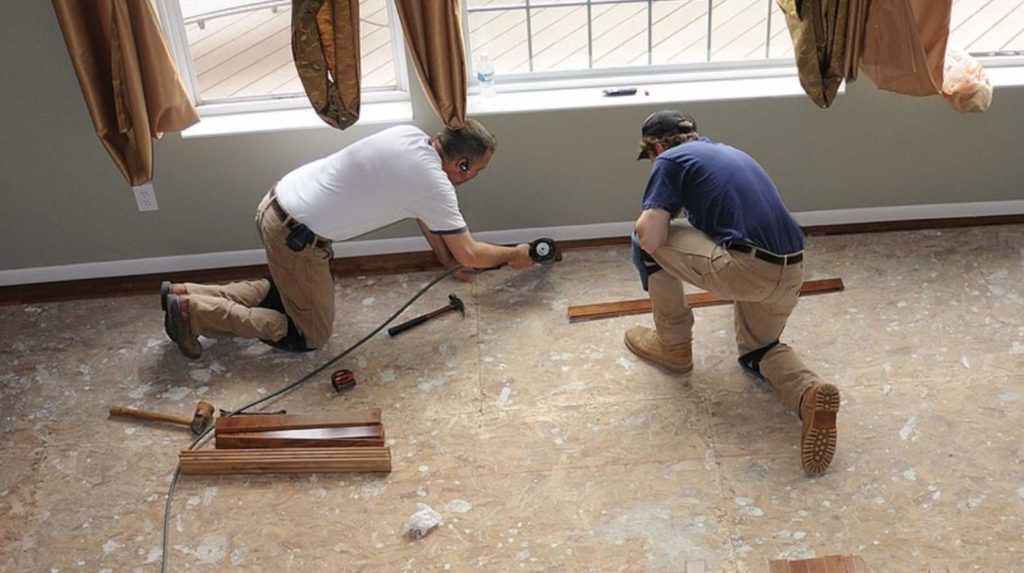The Homeowner’s Guide to Home Maintenance
You may be planning to buy a new house or have just moved in with your family and pets. But, that’s just the beginning, since you’ll have to maintain the house constantly to keep it in prime form.
Maintaining a home is hard work given its many aspects like roofing, plumbing, heating, electrical, and the like. It can also be costly depending on the nature and extent of the damage of the home, and its condition.
That said, the trade-off here is that your house will look and work flawlessly as time goes on. And, we’re here to share easy-to-do and reminder tips for home maintenance from top to bottom.
Essential Tips for Home Maintenance
Without any more ado, here is a checklist of what you can do to increase the curb appeal of your house and extend its lifespan.
1. Get the house inspected before purchasing it

Home maintenance starts even before you purchase the house. Calling a professional home inspector is the smart thing to do to uncover any hidden issues about the prospect house’s structure and systems.
Also, ask the realtor about the lifespan of the appliances, HVAC, roofing material, or other house components. Don’t be shy to ask them about any foundation issues, fault line problems, etc.
By doing so, you will have confidence in buying the house, that it’s worth the sum you will pay. And not only will you get lower maintenance costs for doing them but you and your family will be safer at home as well.
2. Clean your house regularly
Cleaning is the most basic element of home maintenance yet it’s hard to keep up with it due to our busy routine.
In your free time, you have to change your bedsheets, disinfect your toilet, keep food scraps out of the kitchen, sweep the dust and dirt on the balcony, amongst others.
These help to make your personal space healthy and comfortable for everyone. The interior air will also be fresher and cleaner as a result.
You don’t have to do everything in one go, though. Set aside time for each chore you have to do in the day—this is not easy to do, but at least you’re getting some exercise.
For this reason, some people rely on cleaning services so they can take a break from their hectic week. With these, they can run errands or watch a Netflix movie as the cleaners are working.
3. Clean or replace your appliance’s filters

Through daily and hard use of appliances, such as washers, dryers, dishwashers, dehumidifiers, portable and mounted AC units, boilers, and furnaces, dust will accumulate in their filters. Not cleaning or replacing them can cause health and fire hazards at home.
In addition, dust-blocked appliances won’t be able to function efficiently enough to cool or heat the room. Because it expends more power than necessary, you will get a higher bill at the end of the month.
To clean them, homeowners can call an appliance repair or aircon specialist for a fee or do DIY. It’s quite simple to do so for ordinary furnace and HVAC systems; all you have to do is turn off the system, pull out the grimy filter, and clean or replace it accordingly.
4. Drain and flush your water heater
To maintain your water heater, one thing you can do is to drain and flush it. That should get rid of the sediment deposits that can corrode your appliance over time and block the safety pressure valve, which serves to prevent the heater from blowing up.
Draining a water heater should be done at least once a year—more if you have hard water.
Don’t worry, as it typically only takes between 15 and 60 minutes, depending on the size of the tank.
However, with prep work, the whole process can take about a day due to having to wait for the water to cool before draining it out.
After that, your water heater will be able to work more efficiently. Since it now requires less power to give you a warm bath or shower, you should see lesser water expenses on your monthly bill.
5. Recaulk windows and walls that are prone to leaks

Caulking is used on certain parts of the home to prevent leakage of air and water. Common fixtures that need regular caulking are windows, sidings, bathtubs, faucets, kitchen sinks and countertops.
Not being aware of cracked edges or continuous leaks will damage your home’s foundation or leave it wet. Consequently, the latter fosters the growth of mould and mildew that can trigger allergies, asthma, or other health symptoms.
Besides that, heat can quickly escape from your home with this instance, forcing your heater to work harder. According to Justin Grebasch from G and S Installation USA, as much as 80% of winter heat can be lost through cracked walls and windows.
6. Set reminders to maintain all parts of your home
You shouldn’t just maintain some parts of your home but everything. On top of your list is plumbing by making sure there are no leaks, blocked drains, and tree roots growing from within a pipe.
As for electrical system maintenance, make sure that all wiring is undamaged, the appliances are working smoothly, and the home is safe and energy-efficient.
Besides that, you can clean your carpets, change the smoke detectors’ batteries, maintain the salt level of the water softener, and get a tradesman to fix broken roof tiles and rotting wood.
Catching the problem early on will save you from issues that can cost a fortune to repair or can harm the household.
7. Cut down overhanging branches to your home

If a tree’s branches are touching your roof or house in some way, you can have it cut down by an arborist. This keeps your house looking neat and stylish whilst preventing possible pest or rodent infestations.
A pest infestation can severely damage your new home and cause a great nuisance. Not to mention the associated costs you have to settle for calling in a pest technician.
8. Take care of your roof and gutters
A roof and its gutters are responsible for protecting the house and its occupants from the outside elements. They are also very expensive to repair or replace if needed.
A lot of problems can befall a roof. Among them are leaking, flashing damage, missing shingles, pooled water, tree damage, and clogged gutters.
Therefore, it’s necessary to have the roof inspected at least once a year to detect these damages. Then, as soon as you know them, you can get a roof specialist to work on your roof for proper leak protection and drainage.
9. Acquire a homeowner’s warranty

At present, new homes often come with a homeowner’s warranty after purchase. Its purpose is to give the client a lower price for any repair or replacement needed on a home’s major systems related to plumbing, electrical, and HVAC works.
If the real estate agent or seller doesn’t offer it, you can arrange to buy a warranty. Or, better yet, you could negotiate that they pay for the house warranty for the first year for a win-win deal.
With this protection plan in place, you would have to pay a premium each year. That may be painful to your wallet, but it can give you peace of mind, should anything at your home be damaged.
10. Apply paint and varnish to enliven your decor
Walk around the house and check if there are areas or parts that look tired, have cracks, peeling, or chipping. You can even use a ladder if you need to for knowing the best solution for them.
You can do some light work to remedy them first like scraping, sanding, sealing, or priming. Once you’re done with that, finish the work by applying a new coat of paint or wood varnish, appropriate to the surface, to protect it from rusting or degrading.
11. Renovate old and burdensome areas in the house

You may have old areas in the house that are structurally weak and uncomfortable. This could be your bedroom, guestroom, kitchen, bathroom, or small garden outside.
To improve your home’s look and utility, you might want to get it renovated whilst getting broken locks or doors fixed too. After that, you can exercise your creativity and flair for interior design, but, of course, there’s always help for that if the need arises.
Getting your home renovated will also deal with the problems of the old area, which can thus keep you safer and warmer. The cost will prove to be worth it too, because it can raise the value of your home, if you plan to sell it.

